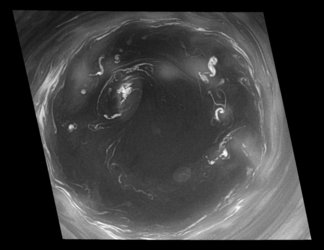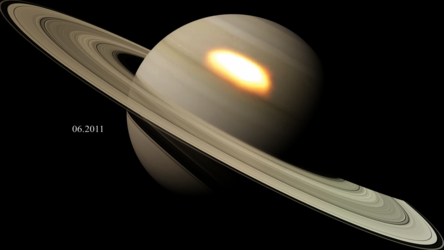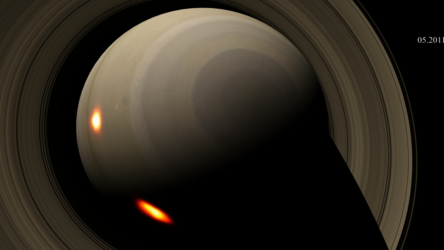Accept all cookies Accept only essential cookies See our Cookie Notice

About ESA
The European Space Agency (ESA) is Europe’s gateway to space. Its mission is to shape the development of Europe’s space capability and ensure that investment in space continues to deliver benefits to the citizens of Europe and the world.
Highlights
ESA - United space in Europe
This is ESA ESA facts Member States & Cooperating States Funding Director General Top management For Member State Delegations European vision European Space Policy ESA & EU Space Councils Responsibility & Sustainability Annual Report Calendar of meetings Corporate newsEstablishments & sites
ESA Headquarters ESA ESTEC ESA ESOC ESA ESRIN ESA EAC ESA ESAC Europe's Spaceport ESA ESEC ESA ECSAT Brussels Office Washington OfficeWorking with ESA
Business with ESA ESA Commercialisation Gateway Law at ESA Careers Cyber resilience at ESA IT at ESA Newsroom Partnerships Merchandising Licence Education Open Space Innovation Platform Integrity and Reporting Administrative Tribunal Health and SafetyMore about ESA
History ESA Historical Archives Exhibitions Publications Art & Culture ESA Merchandise Kids Diversity ESA Brand Centre ESA ChampionsLatest
Space in Member States
Find out more about space activities in our 23 Member States, and understand how ESA works together with their national agencies, institutions and organisations.
Science & Exploration
Exploring our Solar System and unlocking the secrets of the Universe
Go to topicAstronauts
Missions
Juice Euclid Webb Solar Orbiter BepiColombo Gaia ExoMars Cheops Exoplanet missions More missionsActivities
International Space Station Orion service module Gateway Concordia Caves & Pangaea BenefitsLatest
Space Safety
Protecting life and infrastructure on Earth and in orbit
Go to topicAsteroids
Asteroids and Planetary Defence Asteroid danger explained Flyeye telescope: asteroid detection Hera mission: asteroid deflection Near-Earth Object Coordination CentreSpace junk
About space debris Space debris by the numbers Space Environment Report In space refuelling, refurbishing and removingSafety from space
Clean Space ecodesign Zero Debris Technologies Space for Earth Supporting Sustainable DevelopmentLatest
Applications
Using space to benefit citizens and meet future challenges on Earth
Go to topicObserving the Earth
Observing the Earth Future EO Copernicus Meteorology Space for our climate Satellite missionsCommercialisation
ESA Commercialisation Gateway Open Space Innovation Platform Business Incubation ESA Space SolutionsLatest
Enabling & Support
Making space accessible and developing the technologies for the future
Go to topicBuilding missions
Space Engineering and Technology Test centre Laboratories Concurrent Design Facility Preparing for the future Shaping the Future Discovery and Preparation Advanced Concepts TeamSpace transportation
Space Transportation Ariane Vega Space Rider Future space transportation Boost! Europe's Spaceport Launches from Europe's Spaceport from 2012Latest

Saturn’s great storm of 2011
Thank you for liking
You have already liked this page, you can only like it once!
These colourful swirls depict an unprecedented storm that played out in the northern hemisphere of the gas giant Saturn from December 2010 until June 2011.
The scene is shown in false colour and is created from 84 near-infrared images captured by the international Cassini spacecraft on 26 February 2011.
The image is processed such that blue colours indicate high, thin clouds, while yellow and white are relatively thick clouds also at high altitudes. Red and brown depict clouds at low altitude that are unobscured by the high clouds, and the deep blue is a thin haze with no clouds below. Green represents intermediate clouds.
The bright ‘head’ of the storm is towards the left; much lightning activity was recorded here. The roiling storm clouds raged through the atmosphere in a westward direction, eventually wrapping themselves around the entire planet.
At the tail-end (right) a vast swirling oval-shaped vortex is seen which is some 12 000 km wide, comparable to the diameter of Earth.
After many months, the head had caught up with the tail, and the storm began to subside.
Saturn’s storms are quite different from Earth’s, where stormy weather is rather frequent. On Saturn the atmosphere appears to be quite calm for 20–30 years at a time, and then erupts somewhat violently in months-long persistent storms like this one. Since it takes Saturn about 30 years to orbit the Sun, the repetitive nature of the giant storms may be linked, in part, to seasonal changes in the planet’s atmosphere.
The Cassini–Huygens mission is a cooperative project of NASA, ESA and ASI, the Italian space agency. More image details available in the original NASA image release.
-
CREDIT
NASA/JPL-Caltech/Space Science Institute -
LICENCE
ESA Standard Licence

Saturn's greatest storm

Churning atmosphere on Saturn

The eye of Saturn’s storm

Evolution of Saturn’s storm















 Germany
Germany
 Austria
Austria
 Belgium
Belgium
 Denmark
Denmark
 Spain
Spain
 Estonia
Estonia
 Finland
Finland
 France
France
 Greece
Greece
 Hungary
Hungary
 Ireland
Ireland
 Italy
Italy
 Luxembourg
Luxembourg
 Norway
Norway
 The Netherlands
The Netherlands
 Poland
Poland
 Portugal
Portugal
 Czechia
Czechia
 Romania
Romania
 United Kingdom
United Kingdom
 Slovenia
Slovenia
 Sweden
Sweden
 Switzerland
Switzerland
























